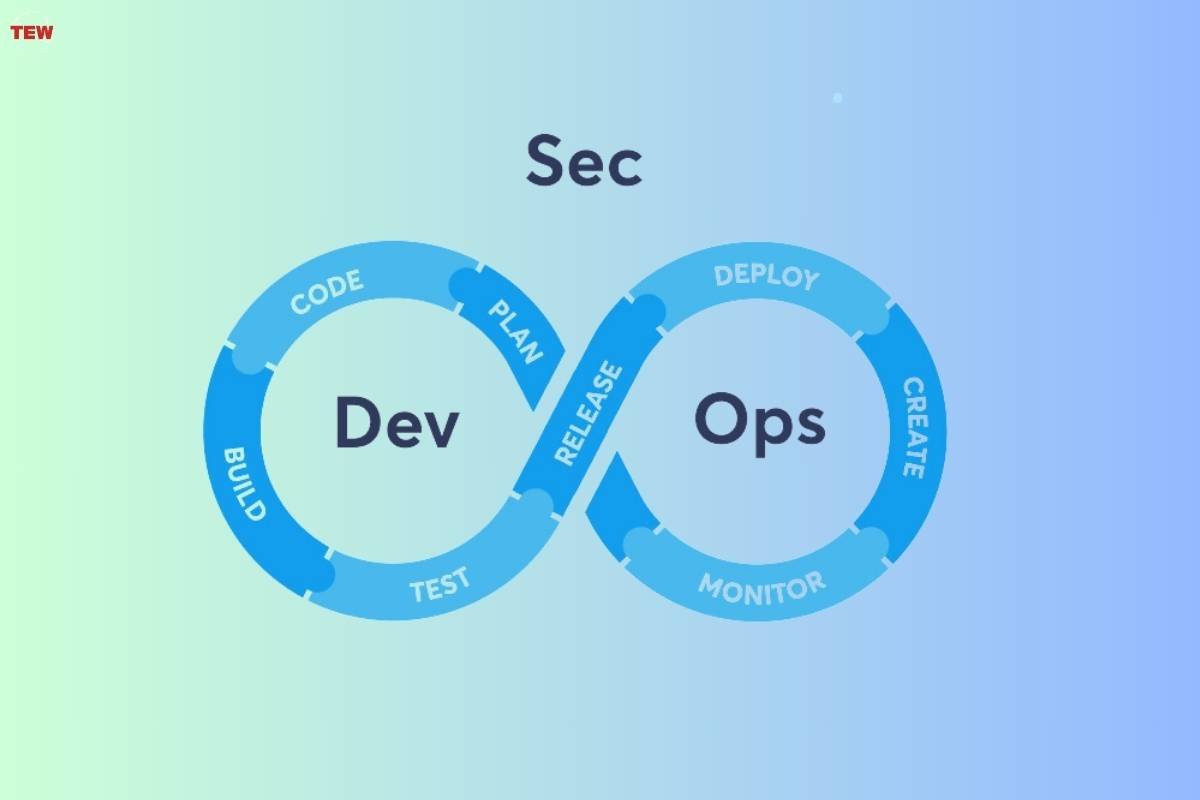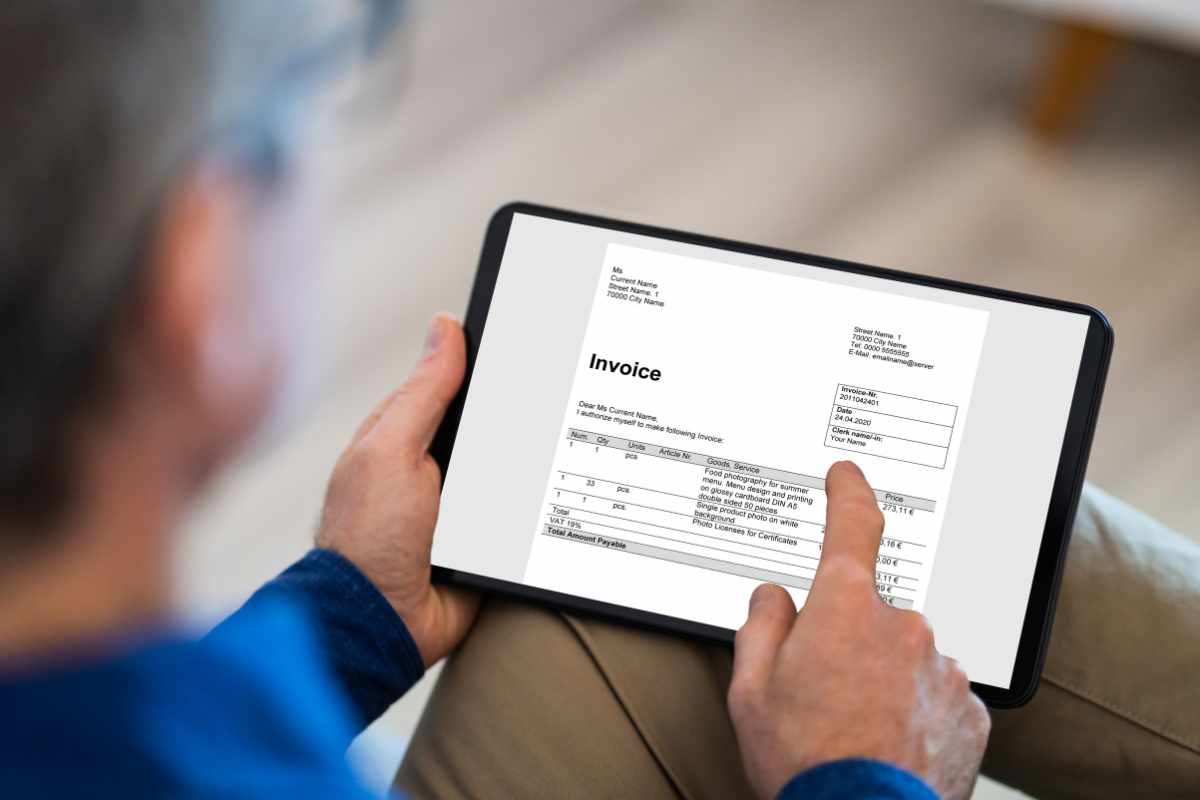Each year, more and more companies implement accounting software solutions to streamline expense and revenue management, purchase order generation, asset management, and other financial aspects. According to Research and Markets, the global accounting software market, which was valued at $17.71 billion in 2023, is predicted to reach $27.3 billion in 2027, growing with a CAGR of 11.4%.
However, since accounting solutions process and store vast amounts of sensitive and financial data, cybersecurity should be a priority number one for companies using them. At Itransition, we believe the following three practices can help a company improve the security of its accounting solution.
1. Create a secure software architecture
To build a secure and reliable accounting solution, companies must keep security in focus from the beginning of development, as early as the planning stages. Here are some suggestions to help a company design and build a more secure architecture for their accounting software.
· Define critical architecture components

Depending on the type and intended functionality of the solution, its architecture can include a different number of components (modules, databases, interfaces, etc.). Given that each component can be a potential access point for hackers later on, we recommend keeping their number to a minimum and thus minimizing the attack surface.
In addition, developers should clearly understand the functionality, dependencies, and data flows of each component that makes up the architecture. This way, they can better assess risk levels of each component regarding the consequences of a potential hack, which can help determine the most relevant security measures for each of them.
For example, if the accounting solution contains a module processing financial or personal data, it should be treated as a high-risk and high-sensitivity software component. Companies can also implement tools such as encryption and authentication during the development stage to protect such critical components.
· Choose the architectural pattern
Once decision-makers have identified a minimal set of components, they should decide on how to organize and structure them. Depending on the company’s requirements, they can use different architecture patterns for their accounting software, namely, monolithic or microservices-based ones.
At Itransition, we typically suggest clients choose a microservices architecture when developing accounting software solutions. This architecture consists of smaller components (microservices) that work independently, which makes them easier to maintain and upgrade. Importantly, this architecture pattern allows companies to mitigate cyber risks, so that when one of the components, the entire accounting system isn’t compromised.
However, microservices components communicate through APIs that should be secured as well. To establish more secure data transfer, developers can use a service mesh, a dedicated digital infrastructure layer that centralizes communication between microservices and provides mutual authentication and encryption.
· Review and assess the architecture
Once the decision-makers have identified the components and their organizational structure, they should globally assess the architecture and identify its potential security weaknesses. To do this, developers can use scenario-based, model-based, or metric-based assessment models. Each has unique attributes and purpose, so we recommend combining them for a more comprehensive assessment.
For example, a scenario-based model, which includes architecture trade-off analysis (ATAM) and architecture level modifiability analysis (ALMA), implies the use of specific scenarios (such as a hacker attack or misconfiguration) to test a system’s response. In turn, model-based assessment involves mapping the accounting software’s architecture by using the unified modeling language (UML) or entity relationship diagrams (ERD).
2. Implement the DevSecOps culture and practices
An increasing number of IT teams use DevOps practices when building software to speed up integration, deployment, and testing, and accounting software development is not an exception. DevSecOps is an evolution of the traditional DevOps concept that helps IT teams build security into each step of their software development lifecycles (SDLC) while maintaining a high degree of automation and sufficient delivery speed. Here are the main DevSecOps tools that can help improve accounting software security.

· SAST
Static application security testing allows IT teams to analyze source code and identify vulnerabilities at the earliest stages of development, reducing the cost and effort of eliminating them.
· DAST
With dynamic application security testing, IT teams can test accounting solutions by simulating malicious external attacks to quickly discover vulnerable components and check potential access points.
· IAST
Interactive application security testing is one of the emerging types of application testing that helps track code execution and identify specific events that can lead to vulnerabilities.
3. Enable real-time network monitoring
Even by building accounting software secure by design, a company cannot guarantee 100% safety without continuous monitoring, which implies the analysis of all incoming and outgoing traffic. We recommend monitoring traffic in real-time, as this allows for identifying problems and vulnerabilities and responding to them as soon as possible.

The selection of a monitoring tool can depend on many factors, such as the type of hosting (cloud, on-premise, or hybrid) and the choice of a specific cloud provider. For example, if a company hosts the solution on AWS, using proprietary AWS services such as Amazon CloudWatch can be the most appropriate option. Such tools as Amazon CloudWatch can monitor apps and workloads, collect logs, and even create and send alerts when a certain vulnerability is detected.
Final thoughts
Accounting software can provide multiple advantages to its owners, including streamlined payroll, accelerated purchase order generation, and comprehensive financial reporting, just to name a few. However, accounting software development is a challenging project cybersecurity-wise because accounting systems process large volumes of sensitive financial data.
Fortunately, companies can mitigate this challenge by choosing the right software architecture, implementing DevSecOps, and adopting real-time monitoring. However, even these measures can fail to address 100% of all possible security vulnerabilities since thousands of new and unknown ones emerge daily.
To ensure security in the long term, companies should run regular audits of their accounting solutions to ensure they always remain secure. We recommend turning to third-party accounting technology experts when performing such audits, as they can help identify hidden and obscure cyber risks.






